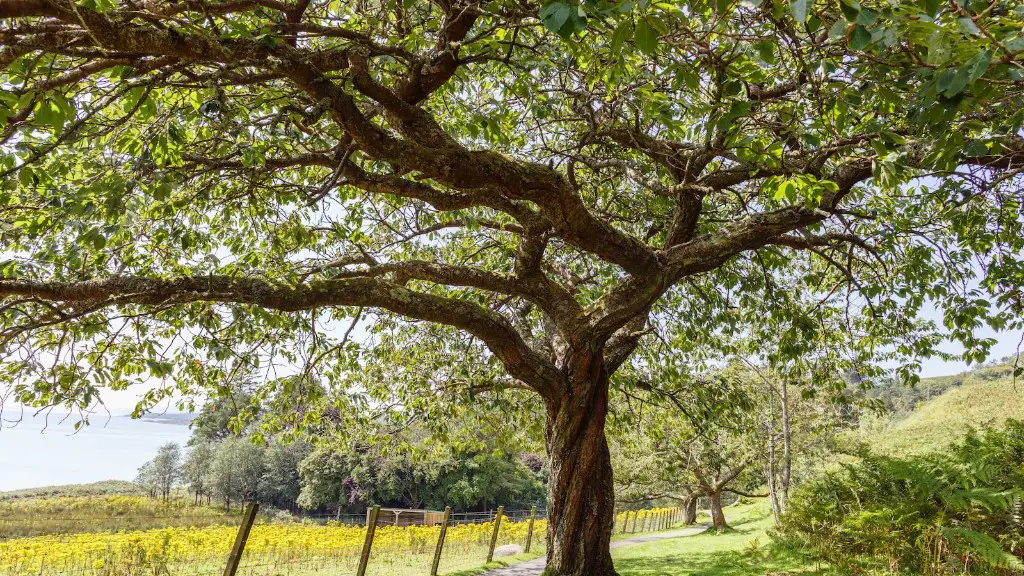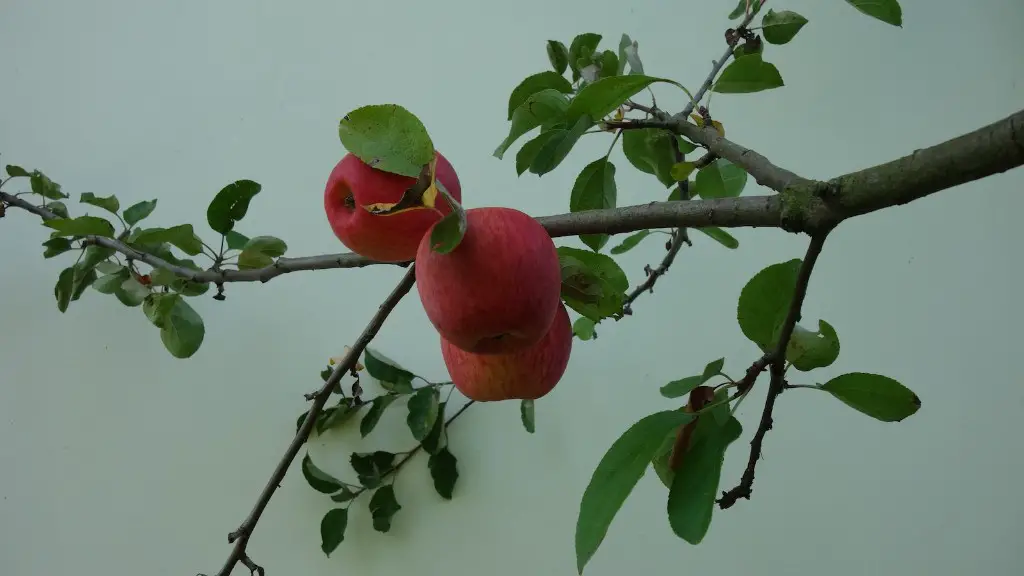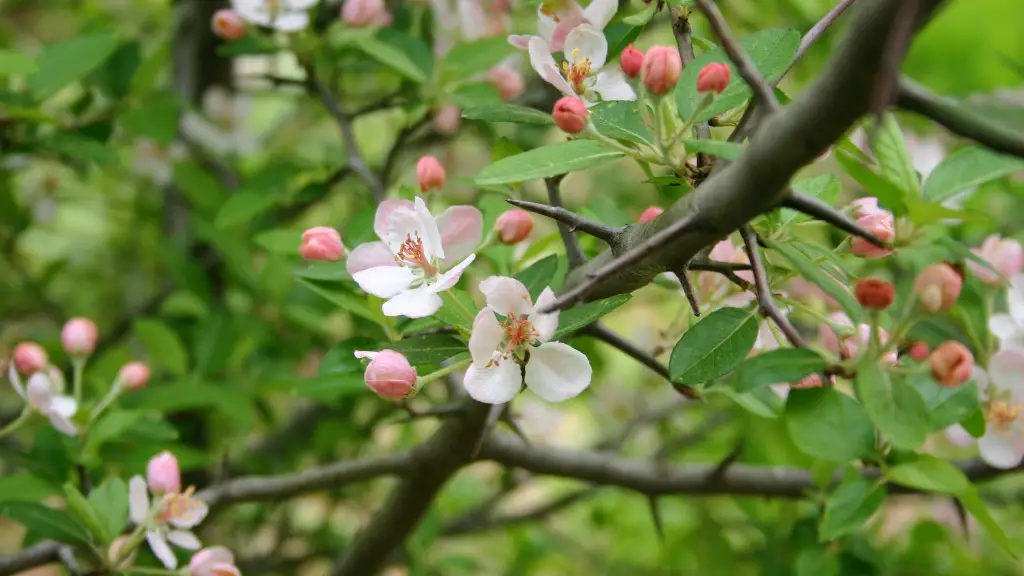Avocado trees are a popular addition to many home gardens, but can you successfully grow an avocado tree in Georgia? It is a common question asked by gardeners in the south-eastern USA, but the answer is not so straight forward.
Growers in Georgia wishing to harvest their own avocados will find it challenging due to the state’s hot and humid climate. Avocado trees prefer warm, subtropical environments and are not very tolerant of cold temperatures. Low temperatures can damage the fruit and flowers, so in areas that experience cold winters, these trees need special protection.
If you want to bring the exotic taste of freshly picked avocados to your garden, you’ll need to take some precautions. The best way to do this is by planting a grafted, rootstock tree and growing it indoors or in a container. This approach will give you the best chance of growing and harvesting a healthy crop.
Alternatively, there are some areas in Georgia with a mild climate and lower chance of frost that are suitable for growing avocado trees outdoors. However, it is important to remember that even in areas with mild winters, your avocado tree is likely to suffer some damage. So if you are in a part of Georgia with cold winters, plant your tree in the most sheltered area of your garden.
As with all tree crops, prudent pruning and careful management of the canopy can help ensure that the tree grows in an appropriate shape which can help reduce the chance of damage from winter weather. Also, make sure to pick a variety that is suited to the climate in Georgia and you can research what varieties work best for this region. Some of the more popular varieties in Georgia include the ‘Hass’, ‘Bacon’ and ‘Gwen’.
One of the added beauties of growing an avocado tree in Georgia is that the state is close to the traditional growing grounds of avocados. This means you can often pick up varieties of avocado trees sourced from as far as Florida and Mexico. The benefits of these local varieties mean you can make sure that your tree is best suited to the climate in Georgia and is ready to provide a bountiful harvest.
So while it is possible to grow an avocado tree in Georgia, the key to a successful crop lies in careful selection and careful management. Make sure you understand the climate and the requirements of your tree before beginning the planting process in order to give you the highest chance of success.
Avocado Varieties Suitable For Georgia
Avocado trees are generally grouped into varieties best suited for high chill geographies with cooler winters, as well as High heats and low chill geographies found in the southern half of the US. Georgia falls in the latter, so the varieties that are best suited for growing in Georgia include the ‘Hass’, ‘Bacon’ and ‘Lula’.
All of these varieties are cold hardy and produce good crops in a hot, humid climate.
The Hass variety is the most popular avocado in the world. It produces a prized, medium to large-sized fruit, of a dark green color, with thick and rough skin. The Hass has a medium-sized seed and is relatively easy to de-stone. It has a creamy, buttery, nutty flavor.
Bacon is a very popular variety in Georgia. It is known for having good size and a rich, nutty flavor. The skin of a Bacon avocado usually has a somewhat bumpy texture, but peel and stone easily. The Bacon avocado has a high oil content and is very juicy.
Lula, commonly known as the ‘Flower of Avocados’ is a hybrid of the Hass and Bacon varieties. It has an attractive, pear-like shape and a pale green hue. The texture of the fruit is soft and creamy, and it has a mild, almost nutty flavor. The Lula’s beautiful skin peels and stones very easily.
Avocado Planting Considerations
Avocado trees need to be planted in the right place. They prefer full sun and good drainage, with soils that are moist but well-drained. A warm, sheltered site, away from cold winter winds is best. Avoid low-lying, damp areas and ensure that the site is adequately supplied with water.
Avocado trees require regular watering, especially during the summer months, and care needs to be taken to not overwater the tree. During the summer months, the tree will need to be watered two to three times per week. Drip irrigation is the best option to ensure you don’t over water the tree.
As avocado trees are sensitive to cold temperature, ensure that you do not plant your tree in a position where it will be exposed to cold winter winds or frost. Planting your tree in a sheltered area, or planting other trees or shrubs around the avocado tree to provide shelter can be helpful.
Fertilizing & Pruning
Avocado trees need to be fertilized yearly. A good balanced fertilizer should be used as a general rule. Fertilizers that are higher in nitrogen are not recommended as they can lead to an increase in foliage growth, but will not be beneficial for the development of the fruit.
Pruning is also important for healthy avocado production. Pruning encourages the growth of strong branches, prevents overcrowding and improves the air circulation in the tree canopy. The tree should be pruned promptly when it is young to encourage a strong, upright structure. The main branches should be cut back to no more than three or four inches from the main stem.
Harvesting & Preservation
Avocado fruit will be ready for harvest nine to twelve months after flowering. Harvesting needs to be done with care, as the fruit can easily damage if handled roughly. When the avocados are ripe they should be picked, rather than shaken off the tree. If the fruit is not ready to be picked, the avocados can be left on the tree until they reach full maturation.
Once harvested, avocados can be stored at room temperature and will keep for several days. They can also be stored in the refrigerator or they can be dried and frozen as long as they are correctly prepared.
Common Pests & Diseases
Avocado trees need to be protected from common pests, such as mites, aphids, scale insects, and whitefly. These pests can lead to fruit drop, poor growth and even death of the tree. Regular monitoring of the tree and use of appropriate pesticides will help to control these pests.
The moist and humid conditions in Georgia can make avocado trees susceptible to fungal diseases, such as root and crown rot as well as fungal leaf spot. So it’s important to practice proper garden hygiene, such as providing adequate space for air circulation and avoiding creating wetness on the leaves, in order to protect the tree from disease.
Conclusion
Growing an avocado tree in Georgia can be a challenge, but the right tree and careful management can still lead to a successful crop. Select a variety that is suited to the climate in Georgia and make sure that you plant it in the right spot, with good drainage and adequate shelter. Regular watering, fertilization and pruning are also essential for successful fruit production, and it’s important to keep a watchful eye out for pests and diseases.


